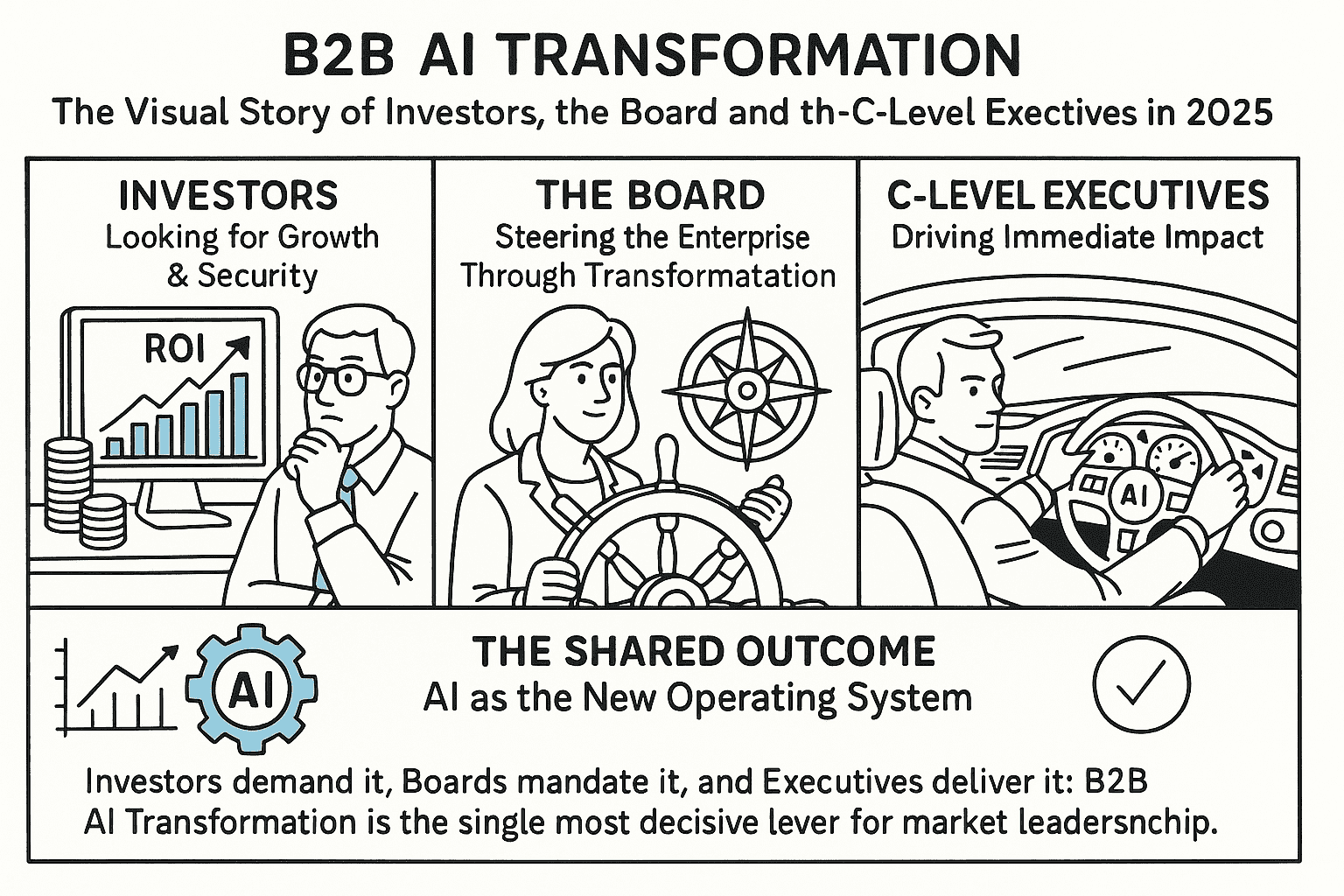Executive Summary
Every system — whether a family, a company, or an empire — follows the same arc:
Establishment → Rise → Prosperity → Decline → Collapse.
Prosperity carries the seeds of its own destruction: wealth breeds complacency, bureaucracy, and overreach. History shows countless collapses — dynasties torn apart by succession struggles, corporations destroyed by short-term greed, empires crumbling under imperial overstretch.
But collapse is not inevitable. Systems that build sustainability through renewal — vision, values, adaptation, and innovation — can transform the collapse cycle into a continuity cycle. This requires institutionalized reforms, strategic simplification, and embedding purpose beyond wealth or power.
The difference between Rome’s fall and Switzerland’s resilience, or Kodak’s death and Apple’s rebirth, lies in one principle: Sustainability must be actively designed, not passively assumed.
The 5-Stage Formula of System Life-Cycles
- Establishment → Vision + founder energy, high risk, scarce resources.
- Rise → Innovation, discipline, expansion, strong leadership.
- Prosperity → Stability, wealth, institutions, scaling.
- Decline → Complacency, bureaucracy, overreach, loss of trust.
- Collapse → Crisis, fragmentation, loss of legitimacy, replacement.
⚖️ Sustainability Cycle emerges if renewal (innovation + values + adaptation) is embedded.
Cases Aligned to the Formula
A. Family Dynasties
- Establishment: Rothschild banking origins.
- Rise: Generational discipline, education, shared values.
- Prosperity: Global influence, philanthropy.
- Decline: Wealth dilution, lifestyle inflation.
- Collapse: Fragmentation, irrelevance.
➡️ Sustainability Lever: Family constitutions, education, shared governance.
B. Companies
- Establishment: Apple (1976) garage startup.
- Rise: Focused innovation (Macintosh, iPod).
- Prosperity: iPhone ecosystem, global dominance.
- Decline: Post-Jobs bureaucracy, lack of focus (1985–97).
- Collapse averted: Jobs’ return, new innovation wave.
➡️ Sustainability Lever: Continuous R&D, adaptive leadership.
C. Empires
- Establishment: Rome’s military & cultural foundation.
- Rise: Mediterranean expansion, law, institutions.
- Prosperity: Pax Romana, trade, stability.
- Decline: Corruption, overextension, erosion of civic values.
- Collapse: Barbarian invasions, fragmentation.
➡️ Sustainability Lever: Decentralized governance, civic integration.
Learning Points
- Every system carries seeds of collapse within prosperity.
- Innovation + Renewal are antidotes to decline.
- Values + Governance sustain cohesion across generations.
- Overreach kills — in families (luxury), companies (overexpansion), empires (imperial overstretch).
- Sustainability is active — requires deliberate reforms, simplification, reinvestment.
Call to Action
Leaders, Families, Entrepreneurs, Citizens:
- Audit your position: Where are you in the 5-stage cycle?
- Build renewal: innovation labs, family constitutions, civic reforms.
- Anchor values and vision beyond one generation or one CEO.
- Act now — before prosperity turns into decline.
⚡ Don’t wait for collapse. Design your system for continuity.




